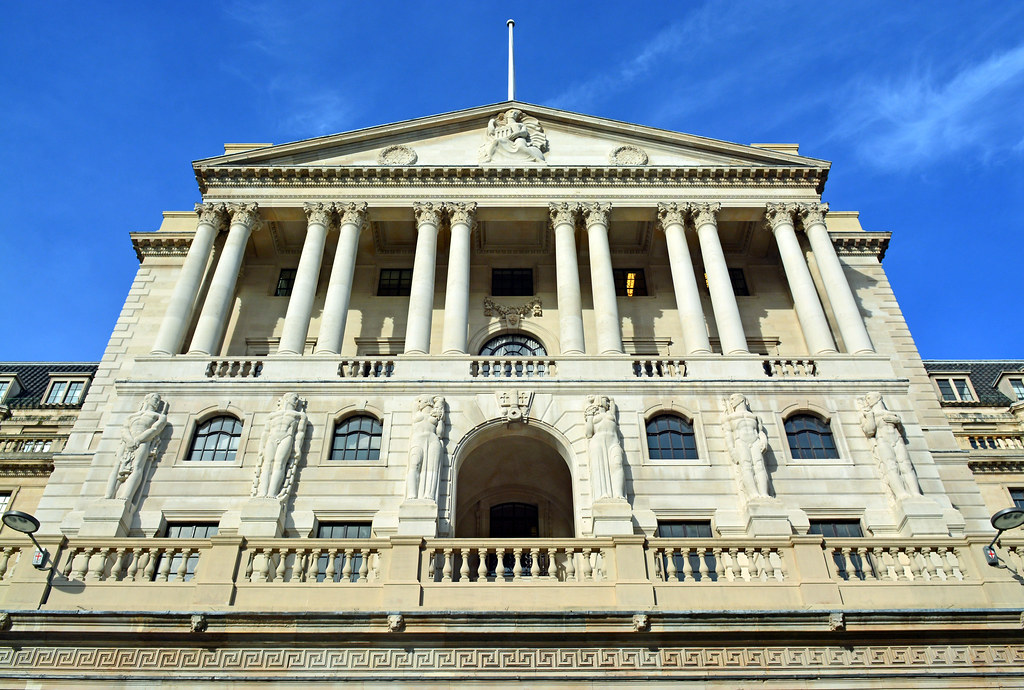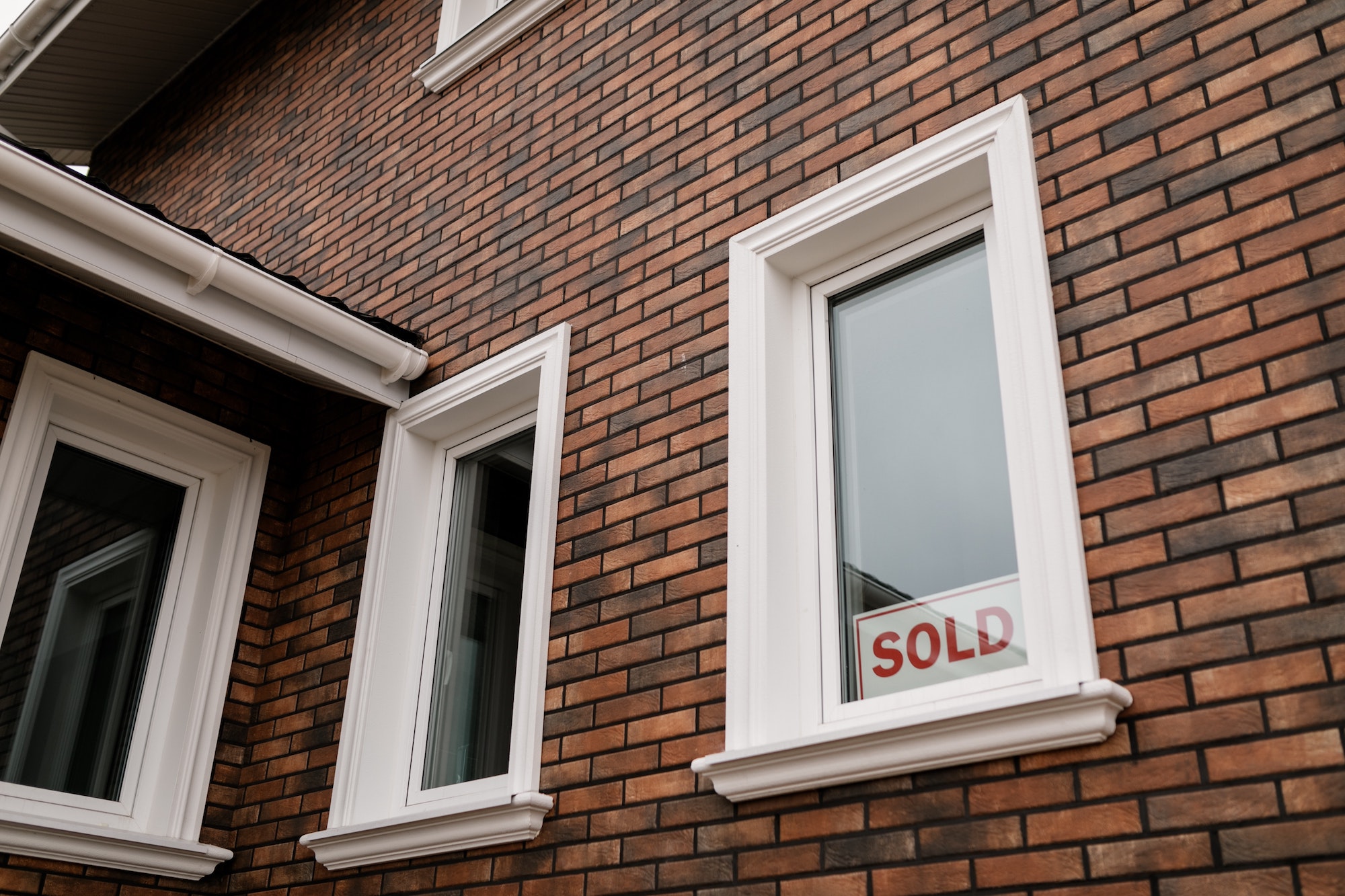The gap between the poorest and richest single pensioners has increased "considerably" over the past decade, Broadstone has found.
In analysis of the Department for Work and Pensions’ pensioner income series, the firm found that single pensioner incomes in the bottom quintile grew by 2% before housing costs between 2010/11-2011/12 and 2020/21-2021/22.
This is an average increase of £208 per year.
Those who are in the top quintile saw income growth over the same period of 9%, equivalent to £2,496 every year, an increase of £2,288 compared to those in the lowest incomes.
The contrast was even more marked after housing costs, with single pensioners in the bottom income quintile seeing their income increase by just £1 over the past decade, compared to £55 per week for those in the top quintile, equating to £2,860 per year.
Meanwhile, single pensioners in the bottom quintile saw 88% of their gross income before housing costs provided for by the state pension and benefits, a slight increase from 87% a decade earlier.
It suggests they entered retirement with not much of a pension pot or other savings.
In contrast, single pensioners in the top quintile saw the state pension and benefits account for under a third of the income of those in the top quintile (31%), where a proportion was made by occupational pension income (34%), pension income (32%) and earnings income (16%).
Head of defined contribution workplace savings at Broadstone, Damon Hopkins, said: "These figures show that the gap between the ‘haves’ and ‘have-nots’ in retirement has widened sharply. Single pensioners already face significant income pressures, especially as they must pay bills via a single income, but they have barely seen any increase in their income over the past 10 years.
"Despite triple lock increases to the state pension and increases to other benefits, it is clear that more people are entering retirement with inadequate savings leaving them reliant on these sources of income."
Hopkins added: "The data also demonstrates the urgent need for pension savers to consider the standard of living in retirement that their current contribution rates are likely to achieve. The average single pensioner’s income is under £17,000 after housing costs, around half the £31,300 annual income the PLSA indicate is needed for a moderate living standard."
Latest News
-
19 firms join forces to launch new retail investment campaign
-
Four in five bridging professionals confident about 2026 market outlook
-
FCA to press ahead with stablecoin payments next year
-
Titan Wealth acquires Morgans Ltd
-
Mortgage brokers playing ‘pivotal’ part in homebuying journey – Santander
-
Average mortgage rates fall to lowest levels since September 2022
NEW BUILD IN FOCUS - NEW EPISODE OF THE MORTGAGE INSIDER PODCAST, OUT NOW

Figures from the National House-Building Council saw Q1 2025 register a 36% increase in new homes built across the UK compared with the same period last year, representing a striking development for the first-time buyer market. But with the higher cost of building, ongoing planning challenges and new and changing regulations, how sustainable is this growth? And what does it mean for brokers?
The role of the bridging market and technology usage in the industry
Content editor, Dan McGrath, sat down with chief operating officer at Black & White Bridging, Damien Druce, and head of development finance at Empire Global Finance, Pete Williams, to explore the role of the bridging sector, the role of AI across the industry and how the property market has fared in the Labour Government’s first year in office.
Does the North-South divide still exist in the UK housing market?

What do the most expensive parts of the country reveal about shifting demand? And why is the Manchester housing market now outperforming many southern counterparts?
In this episode of the Barclays Mortgage Insider Podcast, host Phil Spencer is joined by Lucian Cook, Head of Research at Savills, and Ross Jones, founder of Home Financial and Evolve Commercial Finance, to explore how regional trends are redefining the UK housing, mortgage and buy-to-let markets.
In this episode of the Barclays Mortgage Insider Podcast, host Phil Spencer is joined by Lucian Cook, Head of Research at Savills, and Ross Jones, founder of Home Financial and Evolve Commercial Finance, to explore how regional trends are redefining the UK housing, mortgage and buy-to-let markets.
The new episode of The Mortgage Insider podcast, out now

Regional housing markets now matter more than ever. While London and the Southeast still tend to dominate the headlines from a house price and affordability perspective, much of the growth in rental yields and buyer demand is coming from other parts of the UK.
In this episode of the Barclays Mortgage Insider Podcast, host Phil Spencer is joined by Lucian Cook, Head of Research at Savills, and Ross Jones, founder of Home Financial and Evolve Commercial Finance.
In this episode of the Barclays Mortgage Insider Podcast, host Phil Spencer is joined by Lucian Cook, Head of Research at Savills, and Ross Jones, founder of Home Financial and Evolve Commercial Finance.
© 2019 Perspective Publishing Privacy & Cookies











Recent Stories